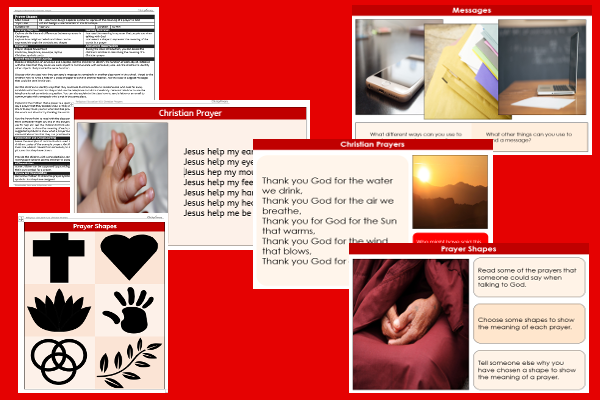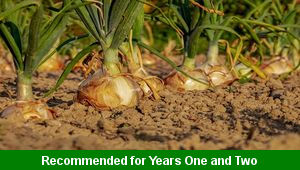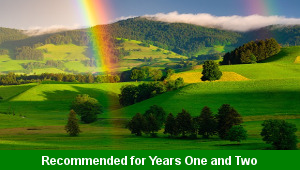Lesson One – Prayer Shapes

This religious education teaching pack for Key Stage One gets the children to select and design a special symbol to represent the meaning of a prayer that can be offered to God to thank him for something in the world or ask for his help to solve a problem.
The class can explain the meaning of different words used in example prayers that might be recited when praying to God for different purposes.
Download this teaching pack including a lesson plan, classroom activities and an interactive presentation to select and design a special symbol to represent the meaning of a prayer that can be offered to God to thank him for something in the world or ask for his help to solve a problem
Activities in this teaching pack include a shared reading text to identify and describe the meaning of vocabulary words used in different prayers to God and a template to select and produce shapes to show the meaning of a prayer offered to God.
The interactive presentation can be used to explore how to design a special symbol to represent the meaning of a prayer offered to God.
This lesson is part of a religious education scheme of work to get the children to investigate and record how Christians can illustrate and demonstrate their faith and beliefs through different prayers. There are teaching activities for shared learning, differentiated worksheets to support independent learning and interactive presentations to introduce concepts and key skills.
-

City Living
Identify, describe and compare some of the different physical and political geographical features of cities with other locations around the world
-

Sea Collage
Combine and shape a selection of different natural and art materials to produce artwork reflecting ideas and themes about the sea
-

Harvest
Explore and record how the autumn harvest is celebrated and marked in different communities around the world
-

Weather Database
Explore and record how to use computer databases to store, organise and interrogate data and information about what is happening in the weather
